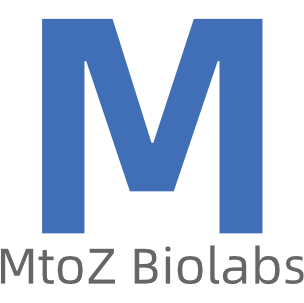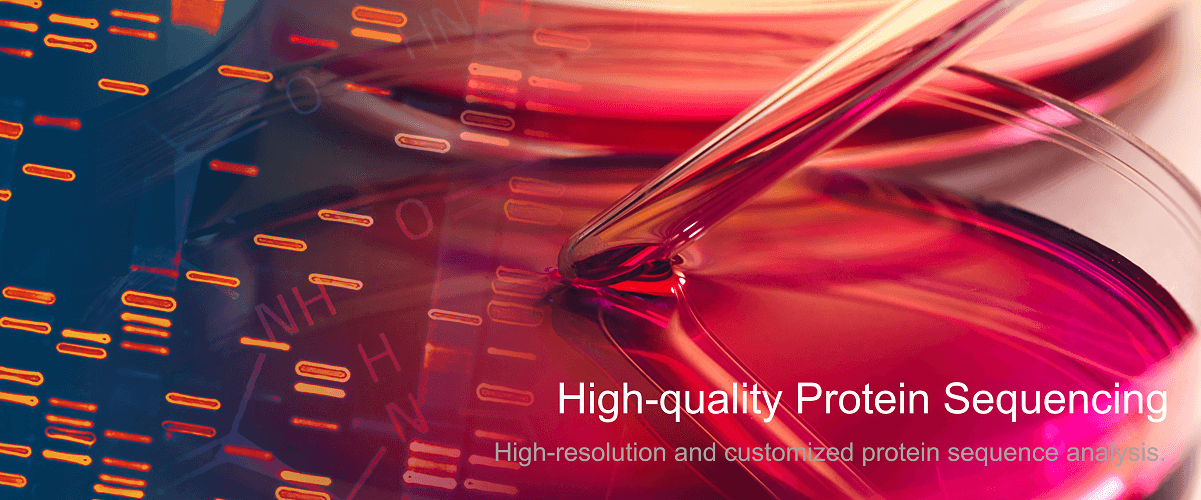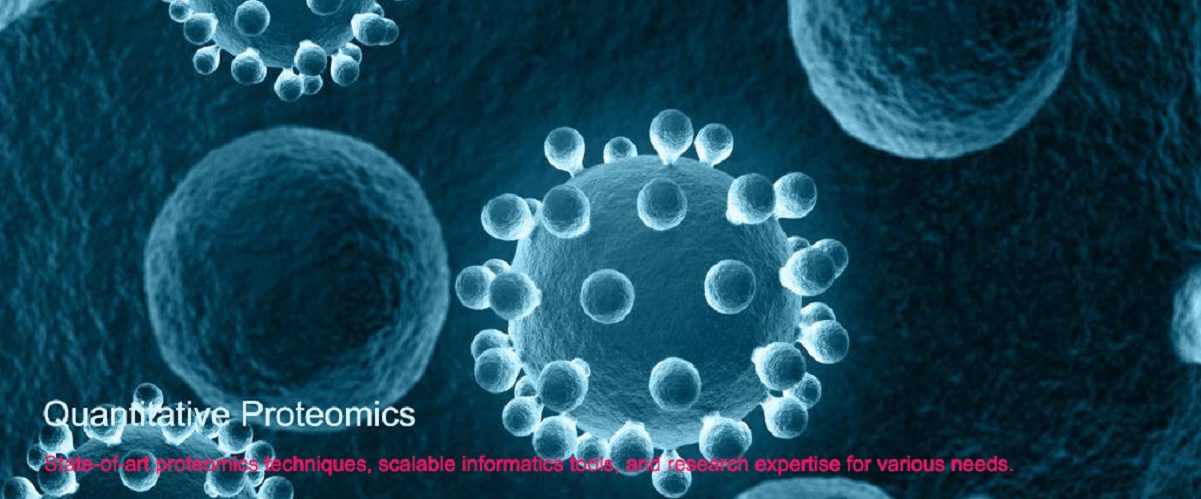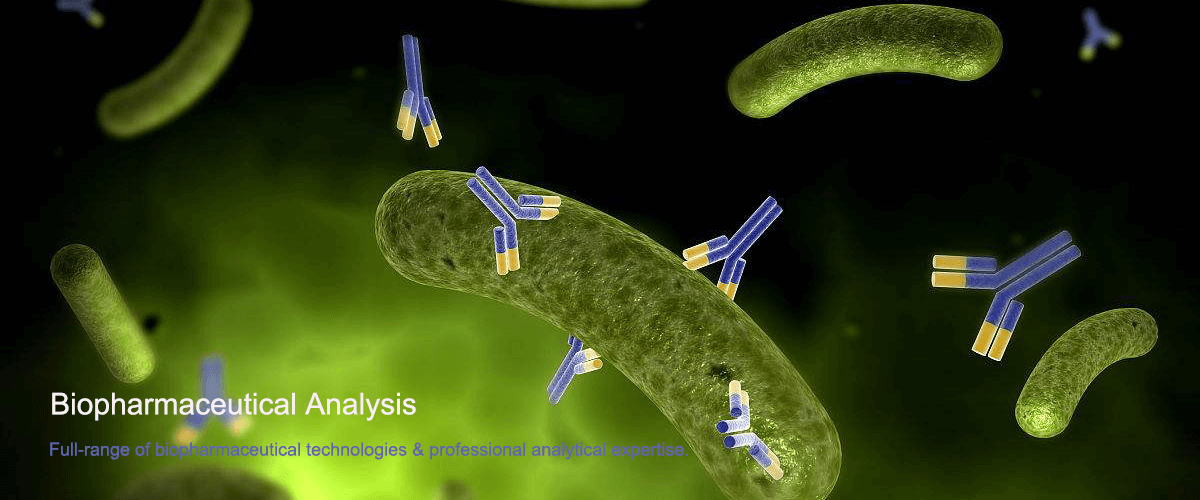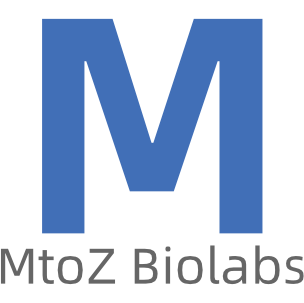Post-Translational Modification Proteomics
Post-Translational Modification Proteomics (abbreviated as PTM Proteomics) is a subfield of proteomics that specifically studies the types, locations and dynamic changes of protein post-translational modifications. Since post-translational modifications have a key impact on protein function, activity, location and stability, in-depth research on it is of great significance for understanding cellular signal transduction, protein network interactions and disease onset mechanisms.
There are many types of post-translational modifications, including phosphorylation, acetylation, ubiquitination, SUMOylation, glycosylation, deamidation, etc. Post-translational modification is dedicated to identifying and quantifying these different modifications:
1. Identification and Quantitative Analysis
Identify the PTM sites on proteins, and the abundance changes of these modifications.
2. Functional Research
Investigate how specific PTM affects protein function, including enzymatic activity, interaction partners and subcellular localization.
3. Regulatory Mechanism
Understand how cells regulate complex biological processes through PTM.
Mass spectrometry, especially Liquid Chromatography-Tandem Mass Spectrometry (LC-MS/MS), is the main method for studying post-translational modifications. Through mass spectrometry, the specific location and type of modifications can be identified. Affinity purification techniques, such as antibody precipitation or specific binding beads, are often used to enrich proteins or peptide segments with specific modifications. By labeling (such as SILAC, iTRAQ, TMT) or label-free (such as SWATH, DIA) methods, the dynamic changes of modifications under different conditions can be quantitatively analyzed. A large amount of data processing and analysis requires specialized bioinformatics tools, such as MaxQuant, Skyline, and Proteome Discoverer.
Applications
1. Disease Research
For example, abnormal PTM in cancer, neurodegenerative diseases.
2. Drug Discovery
Development of inhibitors or activators for specific PTM enzymes.
3. Biomarker Development
Use specific PTM patterns as diagnostic or prognostic indicators of disease.
4. Basic Biology
Understanding basic biological processes such as cellular signal transduction, protein folding and degradation.
How to order?

